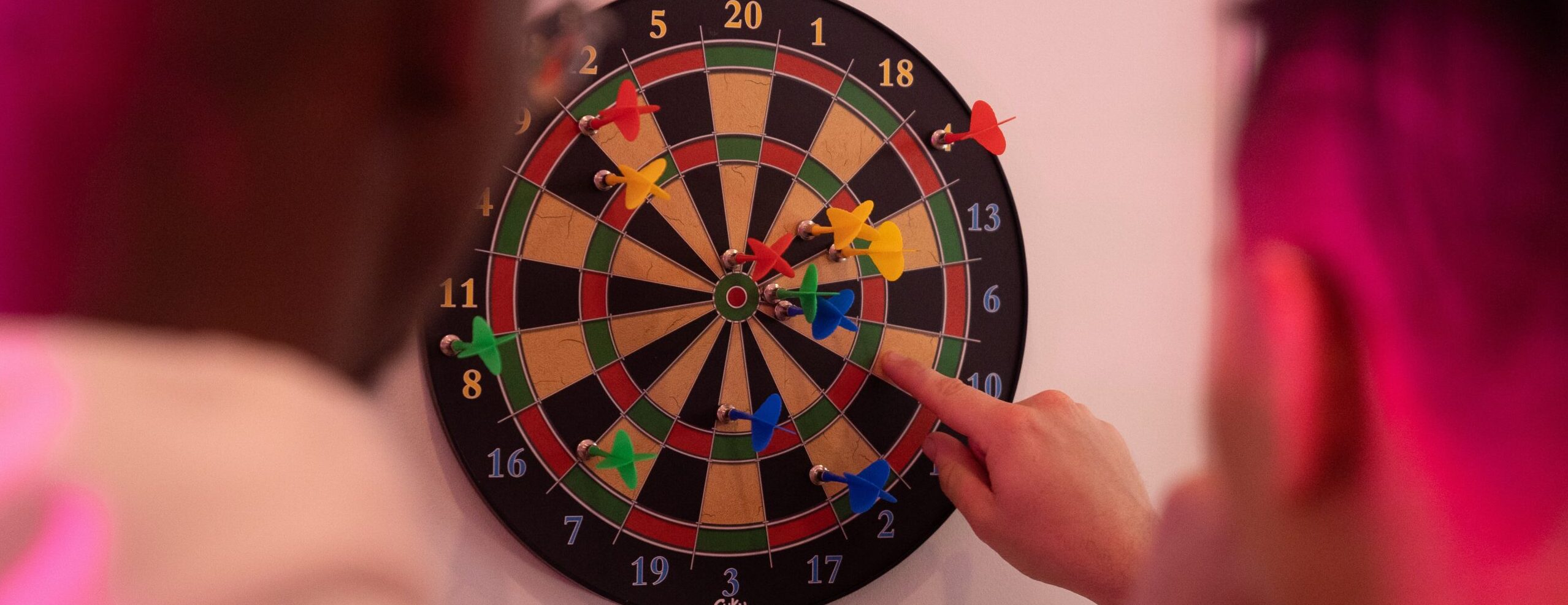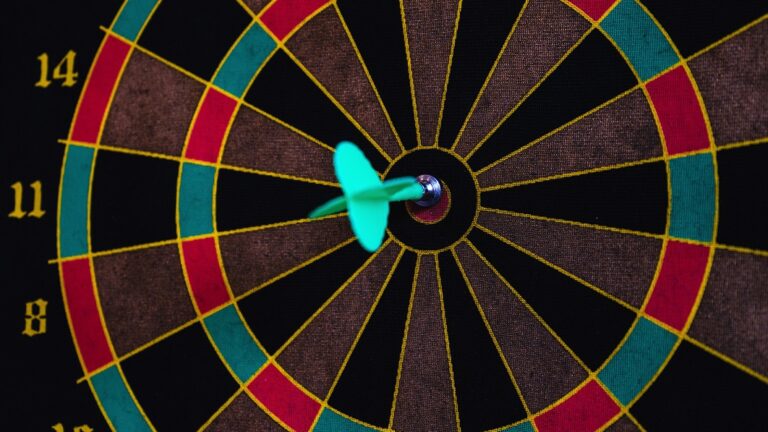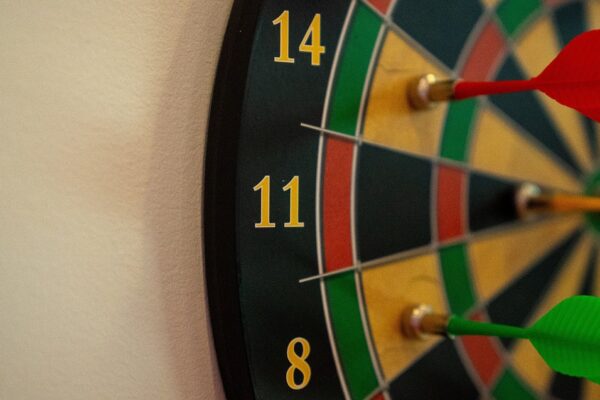While the exact origins of darts remain unclear, it is believed to have evolved from various early games involving projectiles and targets. Here, we will embark on a historical journey to uncover the origins of the first dart game. From ancient civilizations to medieval Europe, we will explore the early forms of dart-like games and their progression towards the creation of the first recognizable dart game.
Ancient Precursors
The origins of the first dart game can be traced back to ancient civilizations. Archaeological evidence suggests that ancient Egyptians, Romans, and Greeks engaged in games involving throwing projectiles at targets. For example, the Egyptians played a game called “Senet,” which involved throwing sticks or bones at marked squares on a board. The Romans and Greeks also had similar games, such as “Astragaloi” and “Pila” respectively, where they threw bones or rounded objects at predetermined targets.
The Evolution in Medieval Europe
During the Middle Ages, the concept of throwing projectiles at targets continued to develop in Europe. The game “Butts and Barriers” emerged, where players aimed at targets such as trees or walls. These targets were often marked with concentric circles or specific areas to create scoring opportunities. As the game evolved, the concept of using feathered projectiles, similar to modern darts, began to take shape.
The Emergence of the First Recognizable Dart Game
The first recognizable dart game, resembling the modern version we know today, is believed to have originated in England during the 19th century. It was during this time that indoor pubs and taverns became popular social gathering places, providing a setting for recreational activities. As the game evolved, standardized rules and equipment were developed.
One pivotal moment in the history of darts occurred in 1896 when the Lancashire Lanceman, Brian Gamlin, designed the modern dartboard layout. Gamlin introduced the characteristic circular design with numbered segments and a central bullseye, revolutionizing the game’s structure and scoring system. This design laid the foundation for the dart game we recognize today.
Popularity and Spread
The dart game quickly gained popularity in England, particularly in pubs and taverns where it became a favorite pastime among patrons. It provided entertainment, friendly competition, and an opportunity for socializing. The game’s simplicity and accessibility allowed people of all backgrounds to participate, contributing to its widespread appeal.
As English sailors and traders traveled to various parts of the world, they introduced darts to different cultures and communities. The game gradually spread to other countries, adapting to local preferences and rules along the way. Today, darts is played internationally and has become a recognized sport with professional tournaments and organizations.
Evolution and Modernization
Since its early beginnings, the dart game has continued to evolve and adapt. Changes in materials and construction techniques have led to the development of more durable and accurate dartboards. Traditional feathered darts have been replaced by modern ones made of materials like brass, tungsten, or nickel-silver, offering improved balance and precision.
Technological advancements have also influenced the game, with electronic dartboards becoming increasingly popular. These boards feature automated scoring systems and interactive features, enhancing the overall playing experience.
While the precise details of the first dart game may remain somewhat elusive, it is clear that darts has a long and fascinating history. From its ancient precursors to its evolution in medieval Europe and the emergence of the first recognizable dart game in 19th-century England, darts has undergone significant changes throughout the centuries. What began as simple games involving the act of throwing projectiles at targets has transformed into a widely recognized and beloved sport enjoyed by people of all ages and backgrounds.
The first recognizable dart game, with its standardized rules and the introduction of the iconic dartboard layout, paved the way for the game’s popularity in England’s pubs and taverns. Its accessibility and social nature contributed to its spread across different cultures and countries, eventually becoming an international phenomenon.
As darts evolved, advancements in materials, construction techniques, and technology have further enhanced the game. Today, players can choose from a wide range of dartboards and darts, each offering unique features and characteristics to suit individual preferences and playing styles. Additionally, the introduction of electronic dartboards has added a new level of interactivity and convenience, revolutionizing the way the game is played and scored.
The first dart game, although shrouded in historical uncertainties, laid the foundation for the game we know and love today. It represents the culmination of centuries of human ingenuity and the continuous desire for recreation and friendly competition. From ancient civilizations to the present day, the dart game has evolved, adapted, and captured the hearts of players worldwide.
The first dart game, although shrouded in historical uncertainties, laid the foundation for the game we know and love today. It represents the culmination of centuries of human ingenuity and the continuous desire for recreation and friendly competition. From ancient civilizations to the present day, the dart game has evolved, adapted, and captured the hearts of players worldwide.


